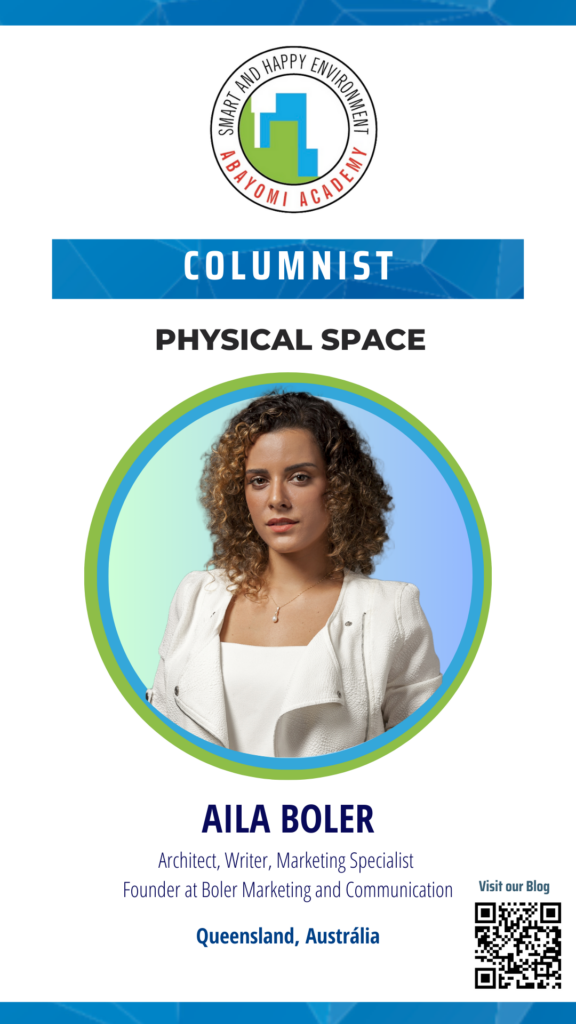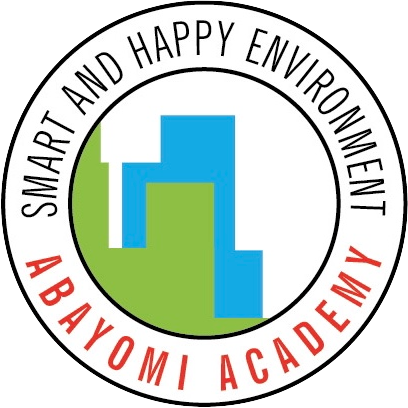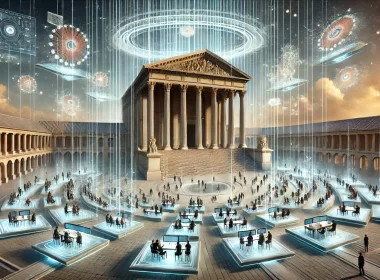From the Traditional Temple of Knowledge to the Digital Immateriality: The Architecture of Contemporary Learning
By Aila Boler
The university is beyond a centre for education, it is a living organism, a democratic temple of knowledge where minds meet, ideas intersect, and learning becomes a sensory experience. Its spaces such as: classrooms, courtyards, corridors, and libraries, play a central role in the construction of knowledge. The university should be regarded as a space of transformation, where architecture enhances emotions, stimulating discovery and human connection.
The impact of learning should always be felt more than functionally. Chism and Bickford (2002) highlight that the configuration of academic environments directly influences interactions, either fostering creativity or restricting it. When space allows for free exchange, it encourages collaborative thinking. However, when it limits movement and eye contact, it restricts the expansion of ideas. Learning does not happen solely within the classroom but in every corner where people gather. Jamieson, Fisher, and Gilding (2000) emphasise how academic architecture shapes the teaching process, turning learning into an organic and social experience. Flexible classrooms, courtyards that invite dialogue, and hybrid spaces redefine the learning experience, making it more fluid and inspiring.
The vibrancy of the learning environment directly impacts knowledge absorption. Hybrid spaces encourage both interaction and introspection, fostering a more dynamic and enriching experience. Meanwhile, classrooms and lecture halls provide a more linear approach, where knowledge flows from the instructor to the students (Jamieson, Fisher & Gilding, 2000). Natural lighting enhances concentration and well-being (Chism & Bickford, 2002), while the psychodynamics of colour stimulate different cognitive states (Imms, Cleveland & Fisher, 2016). Additionally, acoustic comfort and integrated technology enhance engagement, solidifying educational architecture as a key element in the learning process.
The digital space, on the other hand, has limitations in terms of physical integration, as the process tends to become more individualised. This demands new formats to ensure that learning continues to connect people. Imms, Cleveland, and Fisher (2016) argue that virtual environments must offer more than just functional platforms with near-unlimited access to content. Digital university spaces should be designed as immaterial spaces that create bridges between ideas and people, removing physical barriers while preserving the essence of intellectual exchange.
The university breathes, pulses, and transforms. It shapes not only professionals but individuals who experience knowledge in its collective, dynamic, and inspiring form. As demonstrated by the studies of Chism and Bickford (2002), Jamieson, Fisher, and Gilding (2000), and Imms, Cleveland, and Fisher (2016), a well-designed space amplifies the learning. Architecture and education intertwine to create not just places but experiences, where knowledge is not only transmitted but deeply felt, and the digital learning space should provide high-quality resources in an immaterial space for human connections.
References:
Chism, N. V. N. & Bickford, D. J. (2002). Learning Spaces: More than Meets the Eye. Jossey-Bass.
Jamieson, P., Fisher, K. & Gilding, T. (2000). The Impact of Learning Spaces on Teaching and Learning. University of Melbourne.
Imms, W., Cleveland, B. & Fisher, K. (2016). Innovative Learning Environments and Teacher Change: Defining Key Concepts. Springer.

Aila Boler, a Brazilian-born architect and writer, explores the relationship between sites and emotions. For her, cities are living organisms that reflect human feelings and experiences. Her writing proposes a deep connection between people and spaces, promoting the humanization of environments.
With a delicate approach, Aila captures the mediation between spaces and subjectivity, earning awards and publications. Her work can be accessed upon request.
Aila combines her passions and becomes a specialist in Marketing for the Architecture and Home Décor sectors, founding Boler Marketing and Communications, serving clients in Brazil and worldwide while living in Australia.
Learn more about Aila Boler: Facebook * Instagram * Website * LinkedIn




 What does a college team’s victory have to do with happiness, belonging, and community vitality?
What does a college team’s victory have to do with happiness, belonging, and community vitality?